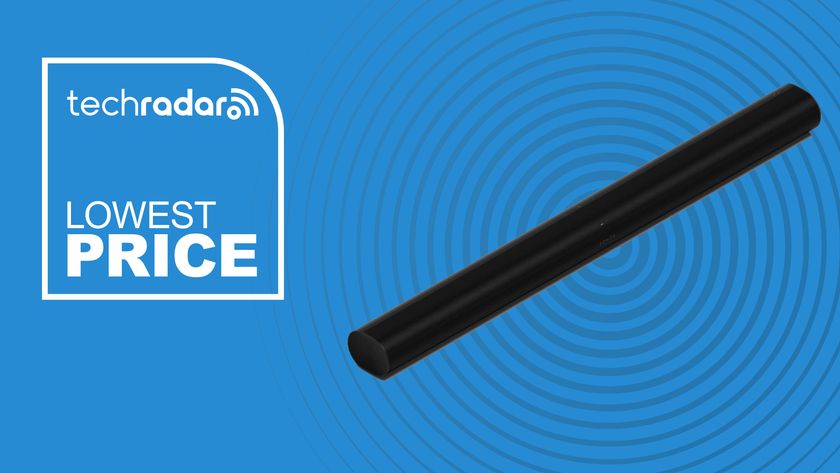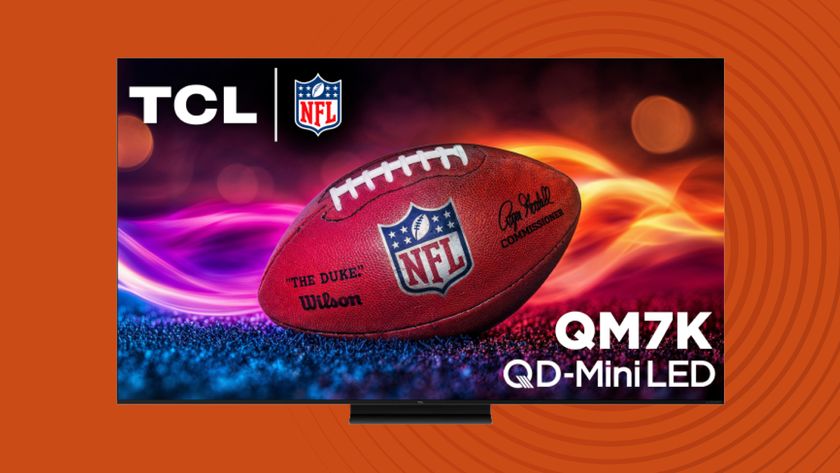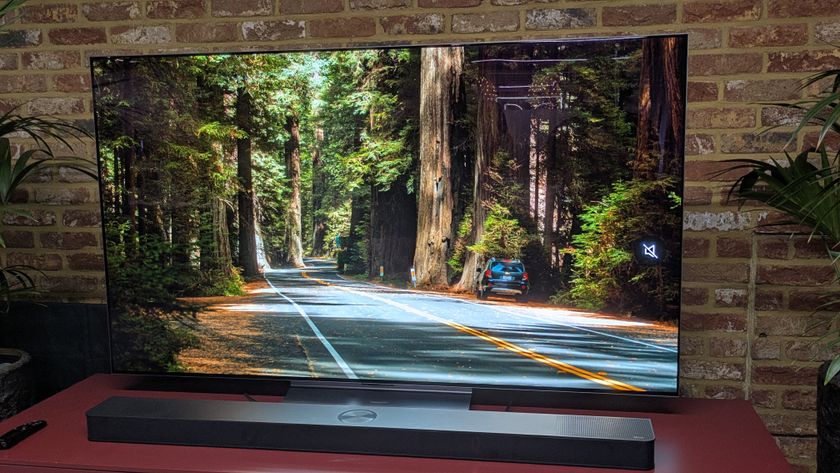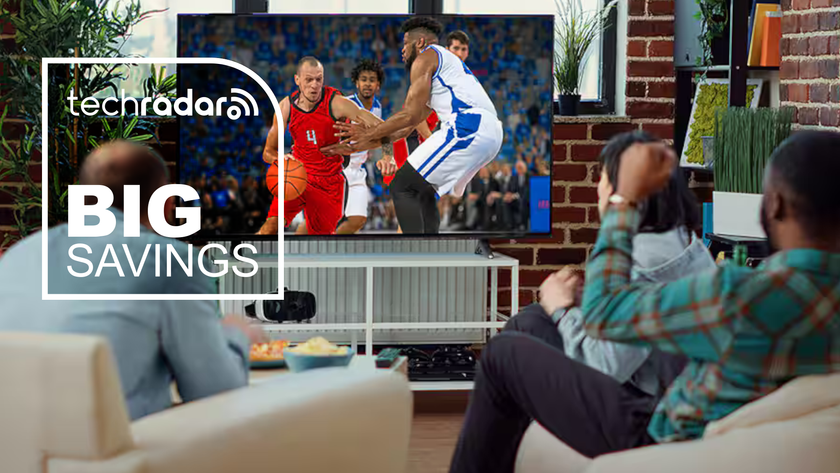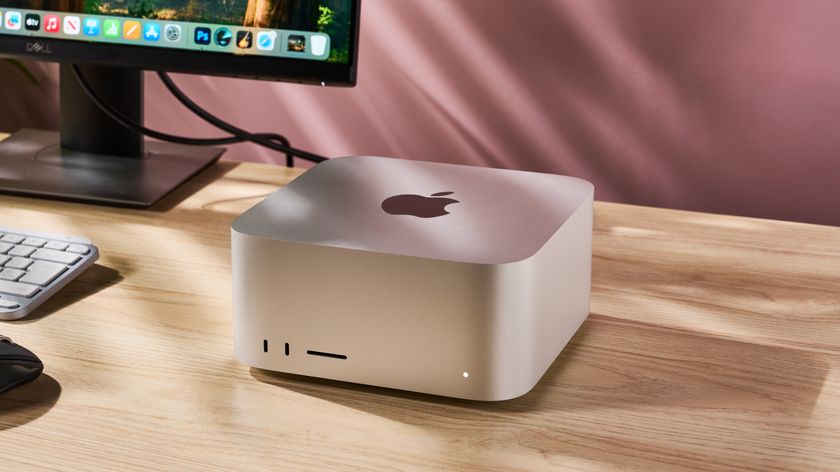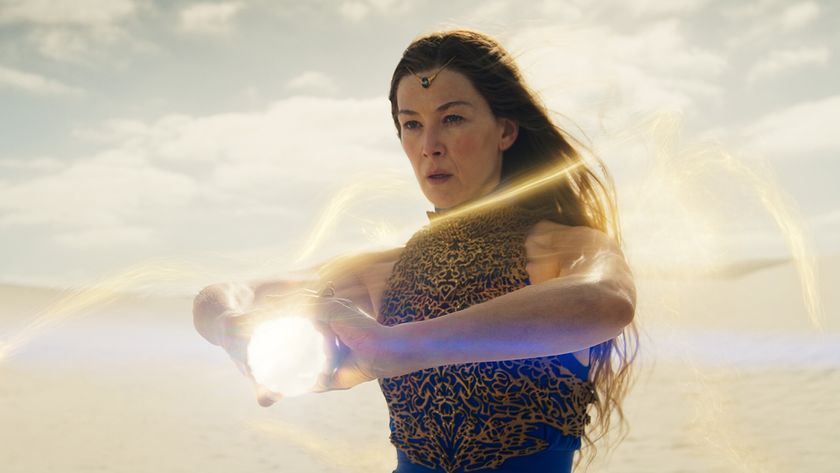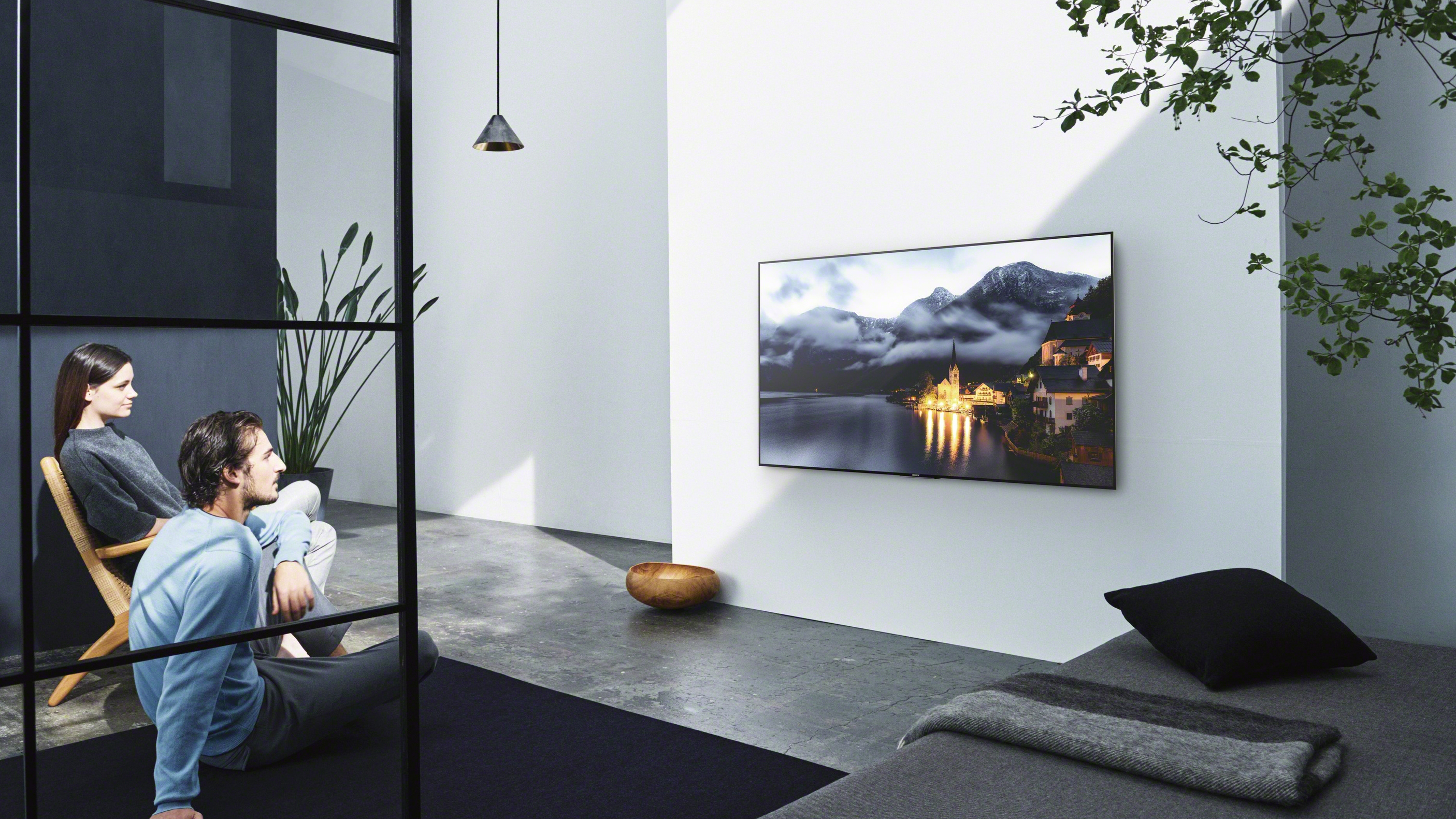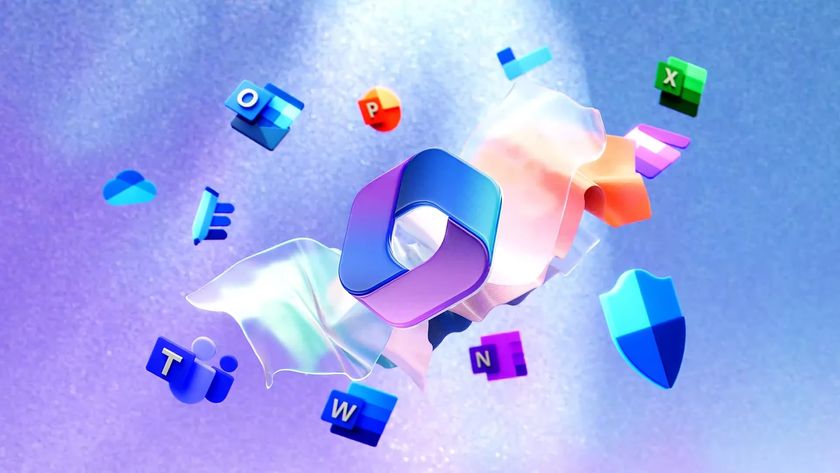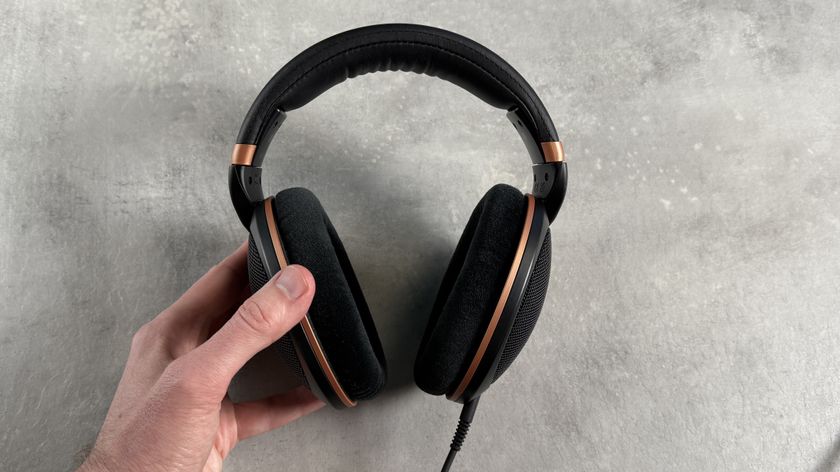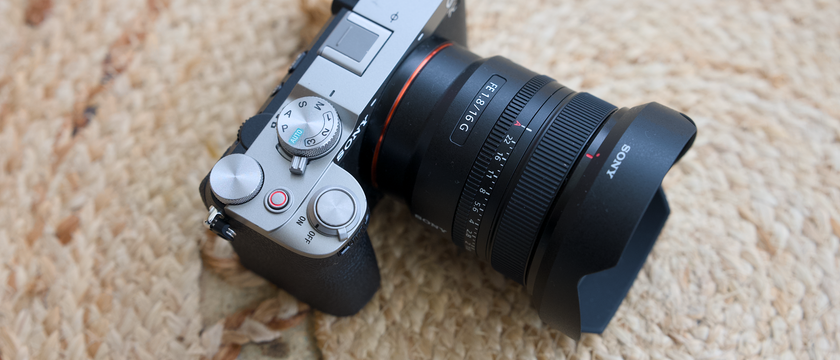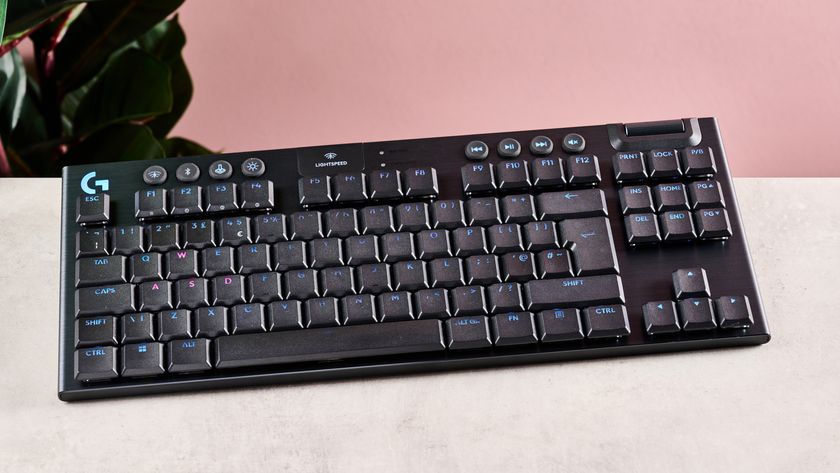TechRadar Verdict
It may not offer the same peak brightness as Sony’s flagship UHD sets, the X930E and X940E, but this 4K direct LED backlit screen is still a brilliant buy.
Pros
- +
Direct LED with local dimming
- +
Excellent motion handling
- +
Unfussy but elegant design
- +
Surprisingly good audio
Cons
- -
HDR is a bit dim
- -
Rubbery remote
- -
Power brick is inconvenient
- -
No 3D support
Why you can trust TechRadar
Getting 4K HDR right is no easy task. TV manufacturers have tried a variety of technologies and techniques to solve the challenge of high peak brightness, often making image quality worse rather than better.
The ultimate LCD solution is widely thought to be full array backlighting with local dimming. So-called FALD LED screens give better results with HDR than edge-lit LED, but have typically been limited to super-large screen sizes. No longer is that the case.
With its X900E series, Sony is offering the technology on the full range of the X900E’s screen sizes, from the massive 75-inch screen down to the petite 49-incher, effectively making FALD available to all enthusiasts. That said, the X900E model we have here, a 55-incher, comes in at $1,700, but the series is also available in 49-, 65- and 75-inch sizes if you need something a bit larger.
Design
When it comes to design, Sony continues to knock the ball out of the park on its TV line-up.
The X900E has a premium-looking thin matt black bezel, offset with aluminum trim, while the silver-slate pedestal stand provides crafty cable management. This central support marks a refreshing alternative to screen-wide feet which almost never fit on non-Ikea TV furniture. The set is moderately slim, given the provision of a direct backlight, but it still comes with a sizable power brick which you'll need to accommodate and could complicate wall mounting somewhat.
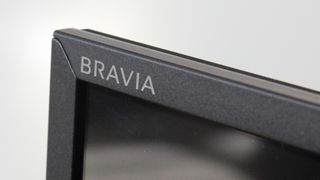
The set has four HDMI inputs (one back facing, the others side-mounted), all of which are 4K HDCP 2.2 compliant. This means you’ve plenty of room for 4K Blu-ray, games consoles and set top boxes. There’s also a component AV input, three USBs (one of which is a fast blue 3.0 variant), and an optical digital audio output for outboard sound systems. Ethernet and Wi-Fi are standard.
The set ships with the same rubber-keyed remote we saw on Sony’s 2016 TVs, much to our chagrin. With barely raised buttons, it doesn’t offer a great user experience. That rubbery surface also picks up fluff non-stop, making your new investment look rather unkempt. There’s an IR blaster in the box, so you can control other devices using the Sony remote.
Screen sizes available: 49, 55, 65 and 75 inches | 4K: Yes | HDR: Yes (HDR10, firmware upgrade for HLG planned) | Panel technology: Full array backlighting with local dimming | Smart TV: Yes, Android TV | Curved: No | Dimensions: 122.8 x 70.7 x 6 cm (W x H x D) | 3D: No | Inputs: 4x HDMI with HDCP2.2, component, stereo audio, 3x USB, Ethernet

Smart TV: Android TV
In terms of connectivity options, the screen runs the Android TV OS, now a familiar sight on Sony sets.
If you've never used it before, Android TV is organized into tiers, of which the upper-most is tutorials and ads (the sort of stuff you really don’t need to see that often). This is followed by rows of apps, games, inputs and settings. It's a cluttered user interface that is generally more obstacle than gateway.

Headline apps consist of Amazon Video, Netflix and YouTube. Both Netflix and Amazon support 4K and HDR streams. If you need more there’s Google Play, Wuaki, PlayStation Video, Spotify and other stuff you’ll never explore in a month of Sundays.
All said it's not great, but Android TV fast to start and responsive to navigate.
HD/SDR performance
When it comes to image quality, the X900E is a winner. Straight from the box, it dazzles with clarity and punch. Sony doesn’t reveal how many direct LED zones the set employs, but ultimately it’s not the number of bulbs clustered behind the glass that matters but the uniformity of the illumination – and in this regard, the X900E certainly impresses.
Picture presets comprise Standard, Vivid, Custom, Cinema Pro, Cinema Home, Sports, Animation and Game. In addition to the usual Brightness, Color, Light Sensor adjustments, the Advanced settings include Auto local dimming, X-tended Dynamic Range and Advanced Contrast Enhancer. It’s worth experimenting with these.
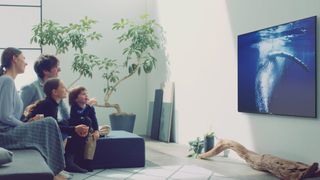
The 4K panel is native 100Hz, which really helps motion handling. Sony’s Motionflow processor, incomprehensibly labeled XR 1000Hz, comes in Standard, Clear, True Cinema and Custom implementations. You can also turn it Off (but this should only be done for movies, when you want to avoid that soap opera video effect). Standard does a reasonable job of holding detail without inflicting artifacts. It’s a solid all-purpose choice, regardless of content.
However, probably our favorite option is the Custom setting, with Smoothness set to 3 and Clear to Min. This retains maximum clarity yet creates only negligible artifacts. It’s ideal for sports. Clear is appropriately the clearest setting for fine detail. It’s also artifact free, but comes with a big hit in terms of luminance – not exactly what you want on an HDR screen. The other setting to avoid is Smooth, which exhibits copious artifacts.
The picture processor used here is the freshly baked X1 HDR imaging engine, which borrows a number of features from the X1 Extreme found in the range-topping ZD9 and soon the OLED A1, namely Super Bit Mapping 4K HDR and Object Based HDR Remastering. When receiving 4K HDR, the Light Sensor is locked on. Other settings remain adjustable, including Brightness, X-Tended Dynamic Range and so forth.
Super bitmapping effectively removes color banding from images, sometimes seen in sky gradations or animation on low bitrate content. More crucially, HDR Remastering is used to upscale Standard Dynamic Range (SDR) contrast and color, by treating onscreen objects individually. This allows the technique more precision, and creates a very convincing dynamic image.
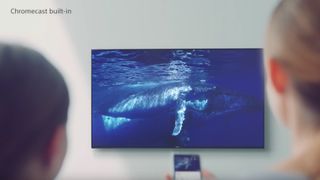
The rub is that HDR remastering is not a user adjustable feature. It’s on by default in all modes except one. This could be an issue if its implementation was heavy-handed and obvious. But it’s not. Indeed, it’s nigh on undetectable. Sure, you can point to a spectral highlight and go ‘oooh upscaled,’ but it all looks supremely natural.
Sony's 4K X-Reality Pro processor adds subjective detail and texture, and generally appears to work well. However, it can also add unwanted artifacts. While the benefits of X-Reality Pro generally outweigh any visible disadvantage, it's worth keeping at least one preset clean of them (the Custom setting would be the obvious choice). With X-Reality Pro disengaged, native high frequency 4K resolution is delivered unfettered by the panel. If it’s in the source, it’ll make it to the screen.
Helpfully, you can manually adjust the resolution of X-Reality Pro. The point at which artifacts start to become noticeable is actually around 30 on the set’s sliding numerical scale – so you could simply leave the setting on this and accrue some processing benefit.
4K/HDR performance
The X900E boasts X-tended Dynamic Range Pro with XDR, which is Sony lingo to signify that it has five times the contrast of a conventional LED screen.
By way of comparison, the step-up X930E, with its Ultra Slim Backlight Plus, is rated at 10x, which is to say ten times the brightness of vanilla LED, while the flagship ZD9 sits at 16x.
While the screen isn’t leading the charge when it comes to luminance, it still delivers plenty of peak brightness. The Amazing Spider-Man 2 (UHD Blu-ray) bristles with zappy neon highlights and generally looks superb. When the newly Goblin-ised Harry confronts Spidey at Oscorp Power, the backdrop positively sparks. There's a luminescence to the X900E’s images which is beguiling.
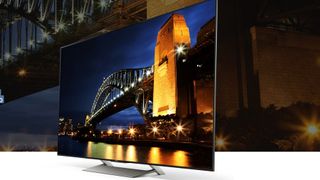
Thanks to that FALD backlight, dark tone uniformity is good, too – there are no uncouth splashes of white to compromise fully dark scenes. The local dimming algorithm can be seen at work, for example, when bright white text is held on a black background. A wider halo or bloom can be seen behind, but it's not jarring and can be considered an acceptable consequence of the technology at work.
Test footage of an HDR firework display explodes with appropriate brilliance. The set tone maps to 1000 nits, brightness ramped to the max. To that end, first-generation HDR LED sets often struggled in their quest to deliver peak highlights, causing distracting backlighting effects in the process. Thanks to the full array approach used here, that's not the case on the X900E. When the set needs to get dark, the black level becomes suitably pronounced.
As far as colors are concerned, the Triluminos panel does a terrific job conveying deep reds, they’re more intense than you might expect from a mid-range LED. While UHD Blu-ray is the best image partner for the X900E, OTT streaming can look similarly impressive. The season one North African test drive in The Grand Tour (episode 5) is downright breathtaking. The sun glints off a Mazda MX-5’s bonnet with warming authenticity, while the fine weave in Hammond's denim shirt appears exquisitely detailed.
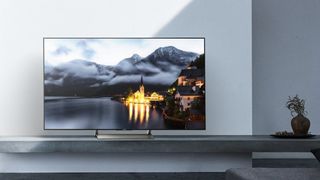
Sound
You might expect the audio quality on a modern thin screen with no visible speakers to be generally rather poor. However, the X900E surprises with good stereo separation and a reasonable amount of full-bodied heft, courtesy of two 10-watt amps – Sony has apparently angled the drivers forward rather than just down, creating a less muffled soundstage.
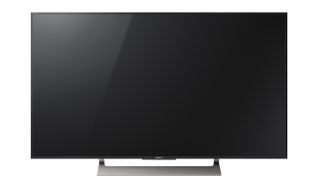
We liked
Overall, the Sony X900E is a great HDR TV that occupies a sweet spot between performance and price. UHD image clarity is excellent, color performance luscious and its HDR delivery adds just the right level of zing.
The X900E is an HDR screen for the rest of us. The direct LED backlight with local dimming offers delicious screen uniformity. Inky blacks are largely free of the splotches seen on edge-lit sets, and contrast is high. It’s not in the same league as OLED, but for the price it’s hard to do better. Fine detail and motion resolution are class leading.
We disliked
There’s some bloom around peak highlights on black backgrounds, which could be solved by a greater density of LED backlights (but then the price would rise too). The remote control feels cheap in the hand.
Final verdict
With superb 4K image clarity, powerful SDR-to-HDR remastering, and a smooth direct LED backlight, Sony is offering something very different with the X900E. We loved the consistency of its images, the eye-popping vibrancy of its wide color gamut panel and its easy-to-watch HDR – you get spectral highlights without accompanying eye fatigue.
Given this set’s high-but-fair price point, any niggles we have are negligible. The X900E comes highly recommended and is deserving of our Best in Class award.
Steve has been writing about AV and home cinema since the dawn of time, or more accurately, since the glory days of VHS and Betamax. He has strong opinions on the latest TV technology, Hi-Fi and Blu-ray/media players, and likes nothing better than to crank up his ludicrously powerful home theatre system to binge-watch TV shows.

